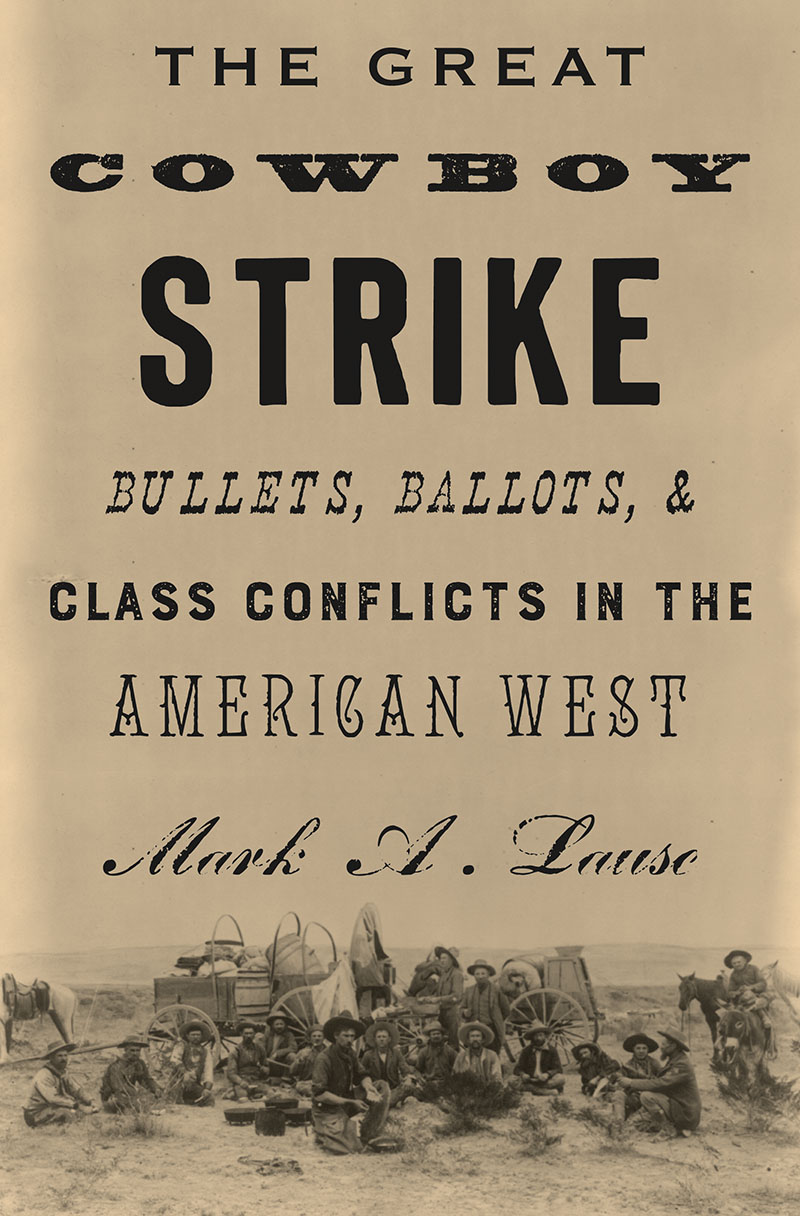
The Great Cowboy Strike
Bullets, Ballots & Class Conflicts in the American West
کتاب های مرتبط
- اطلاعات
- نقد و بررسی
- دیدگاه کاربران
نقد و بررسی

October 9, 2017
The sound of jangling spurs is almost audible as Lause (Free Labor), professor of history at the University of Cincinnati, upends the mythic figure of the stoic, independent cowboy. This is great news for scholars who, like Lause, are interested in how the American West became what it is. Lause builds on fellow historians’ analyses of the role of racial violence in the settlement of the West by highlighting how class conflict provoked hostilities when rich white landowners schemed to increase their profit margins. Landowners viewed cowboys as laborers and resisted attempts by workers to agitate for higher wages and better working conditions. In a wonderful chapter about cowboy culture, Lause shows that, though they loom large in the mythical West, cowboys were actually only a small portion of the population. But they were indispensable to profitable ranching and they knew it. In 1883, cowboys in the Texas Panhandle organized a strike to secure a 40% wage increase. Its success inspired more strikes across the West and encouraged Westerners to participate in a variety of political and labor organizations. There’s great information and intriguing ideas here, though they are often buried in jargon-heavy prose. Lause clearly demonstrates that collective action, rather than staunch individualism, ruled the American West. Illus.

December 1, 2017
Labor historian Lause (history, Univ. of Cincinnati; Free Labor) extends his 19th-century labor studies to the classic American Western cowboy. Looking at cowboys through a mythic veneer of rugged individualism, Lause analyzes Western range wars as a class conflict between capitalist land barons and seasonal agricultural laborers as part of larger national labor movements. Political unions and radical anarchist societies more commonly associated with Eastern cities and Midwestern farmers are shown to have been significant influences on cowboys striking for better wages in the 1880s, particularly in Texas, Kansas, Wyoming, and Montana. Good use is made of labor histories to document cowboy strikes and events unevenly reported in period newspapers. Theodore Roosevelt's role as political ally of wealthy ranchers is enthusiastically explored. The work also provides excellent insights into broad social dynamics at play in the Old West. VERDICT Highly recommended as an historical overview of areas where cowboys were and are active, and for anyone interested in national political movements.--Nathan Bender, Albany Cty. P.L., Laramie, WY
Copyright 2017 Library Journal, LLC Used with permission.

























دیدگاه کاربران